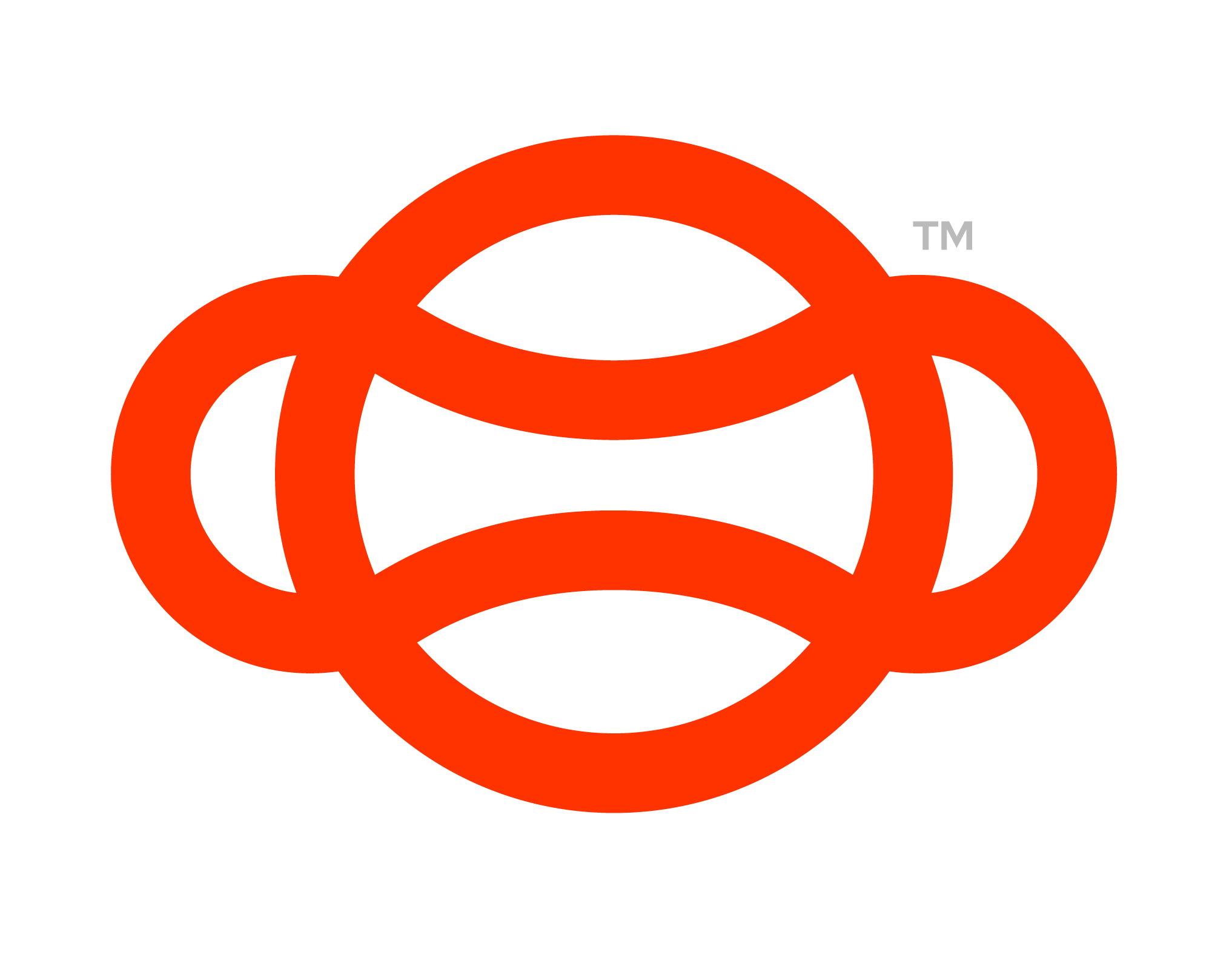Performance Tips
When developing for VR, performance is not just a measure of technical efficiency; it's directly tied to user experience. Low frame rates or inconsistent performance can lead to discomfort or motion sickness for users. Here are key performance guidelines and tips to ensure optimal VR experience:
1. Maintain a High Frame Rate:
Target FPS: Aim to consistently maintain a frame rate above 70 FPS. This ensures smoother visuals and reduces the risk of motion sickness.
Monitor Performance: Regularly check performance benchmarks and test across different devices. Sudden drops in FPS can be particularly disruptive in VR.
2. Utilize Profiling Tools:
Unity Profiler: The Unity Profiler is an essential tool that allows developers to monitor and analyze various performance metrics in real-time. It can help pinpoint inefficient scripts, excessive rendering demands, and other potential bottlenecks.
Meta Quest Developer Hub: For Quest titles, make sure to utilize the Meta Quest Developer Hub. It provides device-specific feedback and performance analytics, aiding in the optimization process.
3. Optimize Scripting:
Limit Heavy Operations in Update Loops: Be cautious of putting resource-intensive operations in the Update() or FixedUpdate() methods, as these run every frame and can significantly hamper performance.
Physics Calculations: Physics operations can be particularly demanding. Use them judiciously, opting for simplified colliders and avoiding complex mesh colliders where possible. Also, consider batching physics updates where feasible.
4. Rendering and Visuals:
LOD Systems: Implementing Level of Detail (LOD) systems can help optimize the rendering of objects based on their distance from the viewer.
Cull Non-Essential Visuals: Ensure that only what is visible in the user's field of view is rendered. Use occlusion culling to avoid rendering objects blocked by other objects.
5. Asset Management:
Optimize Textures: High-resolution textures can be demanding. Consider compressing textures without significantly compromising visual quality.
Limit Real-time Shadows and Reflections: These can be computationally expensive. Use baked shadows and reflections where possible or simplify real-time calculations.
6. Interactions and Animations:
Limit Simultaneous Animations: Having multiple complex animations running concurrently can strain performance. Prioritize and manage what needs to be animated in real-time.
Pooling Systems: Reuse objects like projectiles or particles using a pooling system to avoid the overhead of instantiating and destroying them frequently.
By implementing these tips and regularly reviewing performance metrics, developers can craft VR experiences that are not only immersive but also smooth and comfortable for users. Always remember, a well-optimized VR experience leads to increased immersion and reduced chances of user discomfort.
